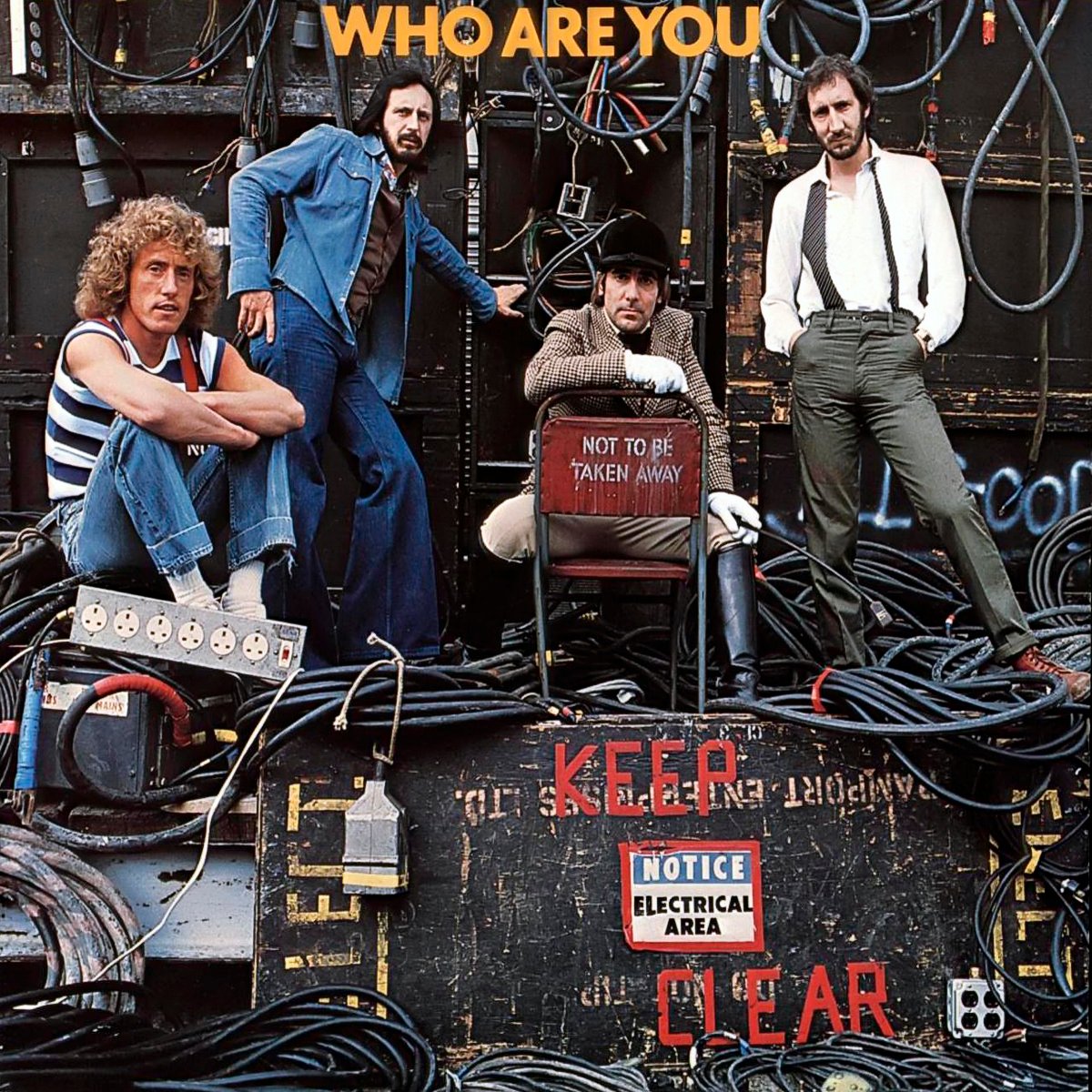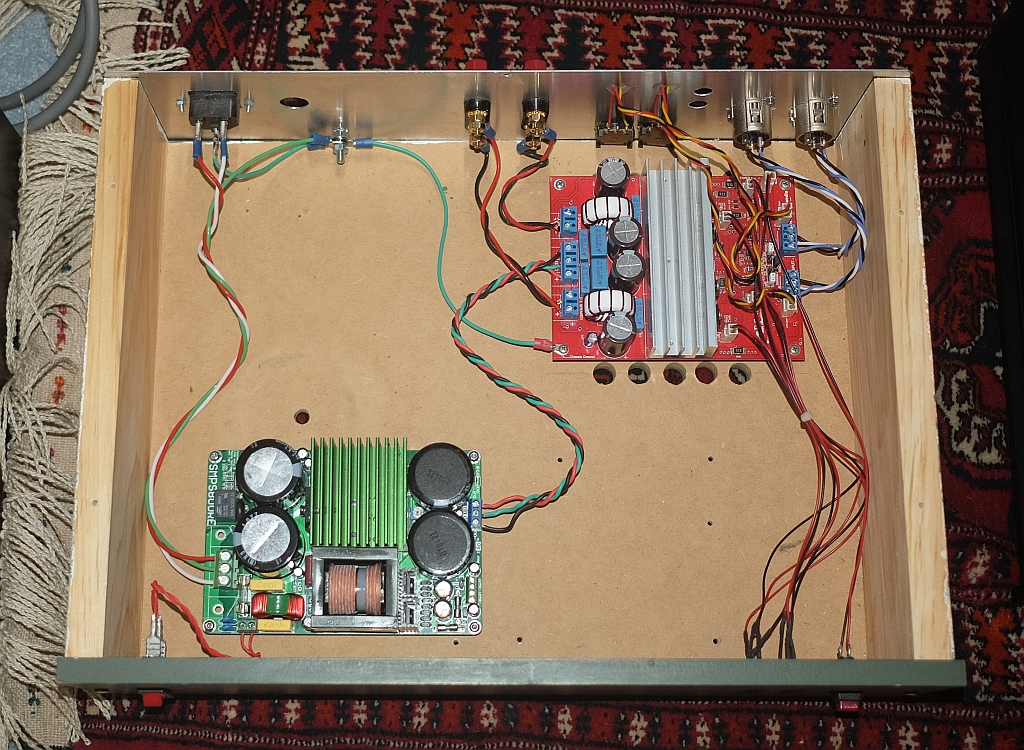As a hobby, I design and build speakers, and am deep into the DSP processing that goes with them.
Got started with building others' designs:
Tom Danley's Labhorn subs
Peter Morris's mains, PM90/60.
Then got the design bug too.
10 modular PA trap boxes, built to splay/array.
8 sub boxes; 2 sealed, 2 ported, 2 double ported push-pull, 2 more ported.
2 Murphy corner line arrays.
2 CBT line arrays.
15" proaudio coaxial, ported.
A few concentric-rings, focused array prototypes (the only boxes I've ever considered outright failures.)
A dodecahedron.
Trying a number of larger commercial horns made for compression drivers.
Approx a dozen versions of synergies/unities/MEHs, all for use with a sub(s). 3 boxes of the latest 4-way version for LCR, 2 stereo pairs of prior 3-way versions, 2-3 single older boxes too good to scrap, & the rest scrapped.
I consider all the boxes to have been at least good. Most have been excellent, to downright extraordinary successes if i may say so myself. (again, with the exception of the focused array types.)
I think a huge/key part of the success has been from using a standard linear phase tuning process on all of them, shooting for flat mag and phase
Got started with building others' designs:
Tom Danley's Labhorn subs
Peter Morris's mains, PM90/60.
Then got the design bug too.
10 modular PA trap boxes, built to splay/array.
8 sub boxes; 2 sealed, 2 ported, 2 double ported push-pull, 2 more ported.
2 Murphy corner line arrays.
2 CBT line arrays.
15" proaudio coaxial, ported.
A few concentric-rings, focused array prototypes (the only boxes I've ever considered outright failures.)
A dodecahedron.
Trying a number of larger commercial horns made for compression drivers.
Approx a dozen versions of synergies/unities/MEHs, all for use with a sub(s). 3 boxes of the latest 4-way version for LCR, 2 stereo pairs of prior 3-way versions, 2-3 single older boxes too good to scrap, & the rest scrapped.
I consider all the boxes to have been at least good. Most have been excellent, to downright extraordinary successes if i may say so myself. (again, with the exception of the focused array types.)
I think a huge/key part of the success has been from using a standard linear phase tuning process on all of them, shooting for flat mag and phase





